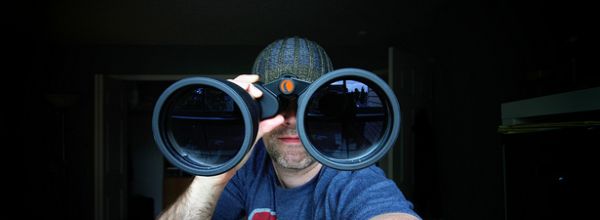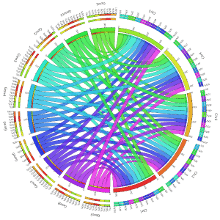Anytime lab processes get automated by a sophisticated scientific instrument, there can be a “black box” effect, leading users to wonder what’s going on in there. For DNA electrophoresis, it’s no different. It’s easy to see what’s happening in a manual gel, but the automated gel-based DNA size selection platforms can be more mysterious.
Automated DNA size selection systems rely on a processing instrument plus precast gel cassettes into which scientists load their samples. While the platforms vary a bit by manufacturer, we’ll describe the inner workings of the Pippin systems as an example.
The DNA Gel Cassettes
The gel cassettes are where the important work happens: moving the sample and separating out a specific fraction containing DNA fragments that match a user-defined size range (entered into the software that controls the system). These cassettes typically contain physically discrete lanes that allow you to run several samples without any risk of cross-contamination—a significant improvement over manual gels. They also include markers to help the instrument determine DNA fragment size, and those markers may be run in a separate lane or within the sample lane (ahead of the target DNA to prevent contamination).
Electrophoresis and Capturing the DNA Fractions

The instrument powers the gel and moves the DNA, but its main job is to activate certain mechanisms in the cassette to capture the correct fraction of sample. Cassette lanes end in a branched configuration, with unwanted DNA shunted off to one side and the target DNA directed to an elution well on the other side. The separation is managed by three electrodes. As the DNA moves along the gel, the electrodes move anything to the unwanted branch until the desired size range is reached. At that point, the active electrode is switched, diverting the target DNA to the elution well. Once the end of the desired size range has passed, the active electrode is switched again, and the remaining sample is moved to the waste channel.
Applications of Automated, Gel-Based DNA Size Selection Platforms
With this approach, researchers can collect a targeted size range, or conduct broader sweeps to keep everything larger than a certain threshold (useful for long-read sequencing or optical mapping), or all fragments smaller than a certain size (for samples like cell-free DNA). Systems that incorporate pulsed-field power can handle much larger DNA fragments—into the tens of kilobases—while simpler systems are best for smaller fragments.







